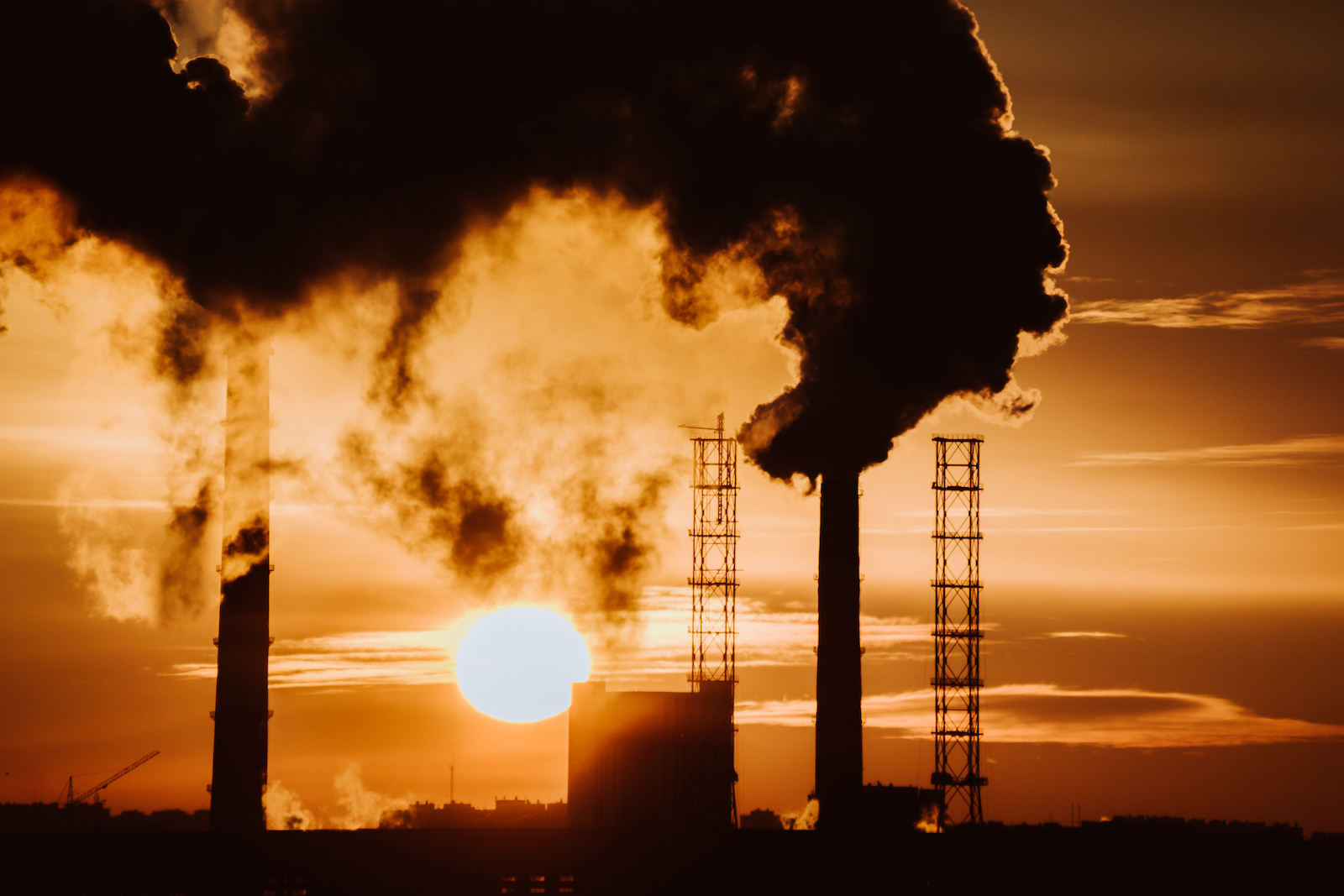I have a couple of friends from my days in the interbank forex market who have been involved in a slew of business ventures together. What they have typically done is to chase the latest trend in business and finance, sometimes timing their exit correctly, sometimes getting burned. They made a lot of money on some things, but lost just as much in others, such as when they held on to big positions in Dubai real estate just a little too long. So when they told me a while ago about their plan to get involved in carbon credits by buying some rainforest somewhere, it made me a bit skeptical of the whole business. Their tendency to get involved in booms that inevitably turned into busts convinced me that carbon capture would go the same way.
I was wrong.
Over the last decade or two, carbon capture and carbon credits have become legitimate businesses with some very big investors getting involved. It is one of the factors behind Berkshire Hathaway (BRK-B) taking a large position in Occidental Petroleum (OXY), an oil and gas company that has invested a lot in carbon capture as the possible next stage of their evolution. It has also attracted more direct investment from names like Microsoft (MSFT) and, more recently, Amazon (AMZN). If Warren Buffett, Bill Gates and now Jeff Bezos believe in carbon capture and are using purchased credits to offset their own emissions, maybe we should all pay attention.
The theory behind carbon credits is simple: It is based on the fact that climate change is driven by net global carbon emissions, and the acceptance that, for now at least, moving completely away from fossil fuels is not practical for any country or even company. Given that, companies that do take carbon out of the atmosphere by owning rainforests that do it naturally, or by technology that cleans the air, or that captures and stores polluted air should be rewarded, with the costs borne by those that emit the carbon.
To do that, the carbon reduction activities have to be assigned a value, and that is done through an active market in “carbon credits,” where each credit represents one metric ton of carbon dioxide removed from the atmosphere. Those credits are now fully commoditized, with there even being an active futures market in them. The question for individual investors that may be reading this is, “If these things and this technology are real, and if Buffett, Gates and Bezos are investing, how can I get involved?”
First off, buying carbon credit futures, or the ETF (KRBN) that tracks them, is not the way to do it. The big investments being made now are in new and improved ways of removing and capturing carbon, meaning that the supply of credits is increasing. Economics 101 tells you that a big increase in the supply of a commodity without a commensurate increase in demand will push prices down, so big money pouring into carbon capture and offsets will have a negative impact on futures prices.
The other problem is that there are very few investments available that are purely in carbon capture or even concentrated in the area. The biggest investors are companies like OXY and the big oil companies, who see it as a way of potentially future-proofing themselves and offsetting the negative impact of environmental concerns on their businesses. There are a couple of more focused possibilities, but they too have their downsides.
There is the OTC stock Carbon Streaming Corp. (OFSTF), for example. They pay companies in advance for future carbon credits, but that means that their success is based on rising prices in the credits markets and as already mentioned, that looks extremely unlikely as more and more money is poured into creating them. There are also various clean energy ETFs available, but once again, carbon capture is only part of what they are invested in. They may be worth buying for other reasons, but they are not pure carbon capture plays.
That leaves us with Aker Carbon Capture ASA (AKCCF), a carbon capture infrastructure company that is a spin off from Aker’s wider energy infrastructure company. In some ways, this stock sounds ideal. It is a “picks and shovels” play; they provide the required infrastructure and will have a business no matter which particular company or technology eventually turns out to be the winner in the race to remove carbon from the atmosphere. The problem, though, is that their customers are primarily dependent on the price of the underlying credits and the outlook there looks questionable for the reasons discussed. Add in the fact that it is an OTC stock with relatively low volume, and AKCCF doesn’t look like a great option.
It seems that carbon capture and associated businesses are one of those areas where there seems to be a logical case for investing, but what is missing is a viable way for individual investors to do so. You can take a chance on something like AKCCF, which does have the advantage of being so low that it wouldn’t take a big investment to get decent returns, but there are considerable risks there.
The big money right now is going into privately held companies, where individual investment ranges from extremely difficult to impossible. If the industry starts to fulfill even part of its potential, some of those companies will go public. When that happens, it will be an opportunity, but at this point for most of us, carbon capture is a business to watch rather than invest.
The views and opinions expressed herein are the views and opinions of the author and do not necessarily reflect those of Nasdaq, Inc.
Image and article originally from www.nasdaq.com. Read the original article here.

